“I am anticipating that I may have to retire sometime in the next year to 18 months unless more funding emerges,” Risch says.
A common misconception is that astronomers spend most of their days staring through telescopes hunting for the next big discovery. In reality, getting time at a large research telescope is the single most coveted and elusive thing they can get.
Post from RICOH THETA. - Spherical Image - RICOH THETAA 360-degree photo of the 12-inch refracting telescope located inside the Griffith Observatory. (By: Tashina Fleming)
Take Risch. As one of the top astronomers in his profession, he gets funding through soft money, which means his entire salary comes from grants and getting time at large telescopes. This year, he plans to submit another 15 proposals for telescope time, but he has already been denied three times.
Risch is one of more than 10,000 professional astronomers in the world competing for time on just seven high-powered observational research telescopes that cost hundreds of millions of dollars and can take several decades to build. Given that most scopes are only available for viewing at nighttime during good weather, this scarce resource becomes an even scarcer commodity.
The lack of large research telescopes and overabundance of astronomers results in a highly competitive and political economy where astronomers from all over the world compete to earn as much time in the telescope economy as possible. In astronomy, time truly is money.
WHAT DO ASTRONOMERS CONTRIBUTE TO OUR WORLD?
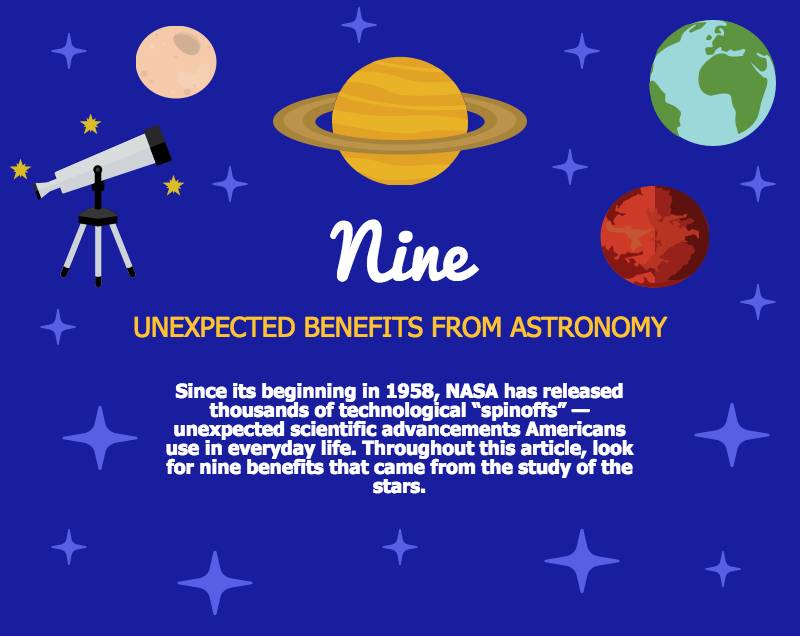
Both NASA and the National Science Foundation have experienced significant budget cuts.
The 2017 federal budget has already been set and although it increased to over $4.1 trillion, NASA’s budget was cut by almost $300 million from last year.
In this economic climate many people believe we have discovered everything there is to discover about space, and that funding astronomy is a waste of time because it does not have a short-term payoff.
However, cutting back on astronomy or not funding it properly can have larger consequences for astronomers and society as a whole.
There have been numerous unexpected “spinoffs” or technological advancements Americans enjoy in everyday life, such as charge couple devices, cloud computing, and precision GPS that have come from the study of the stars.
Astronomy is notoriously a “gateway science” for getting young children interested in the (STEM) fields. Kids who are initially interested in astronomy often go into technical careers, such as medicine, computer science and engineering. These fields prompt countless innovations and technological advancements.
According to a report by the Space Foundation, NASA brings immense economic stimulation to our society. Every dollar invested in NASA leads to $10 of economic benefit.
THE HARD KNOCKS OF ASTRONOMY
Due to funding shortages, becoming a professional astronomer is difficult. Astronomers begin as doctoral students. After graduation, they embark on one of two types of postdoctoral paths: a postdoctoral astronomer or a postdoctoral fellow.
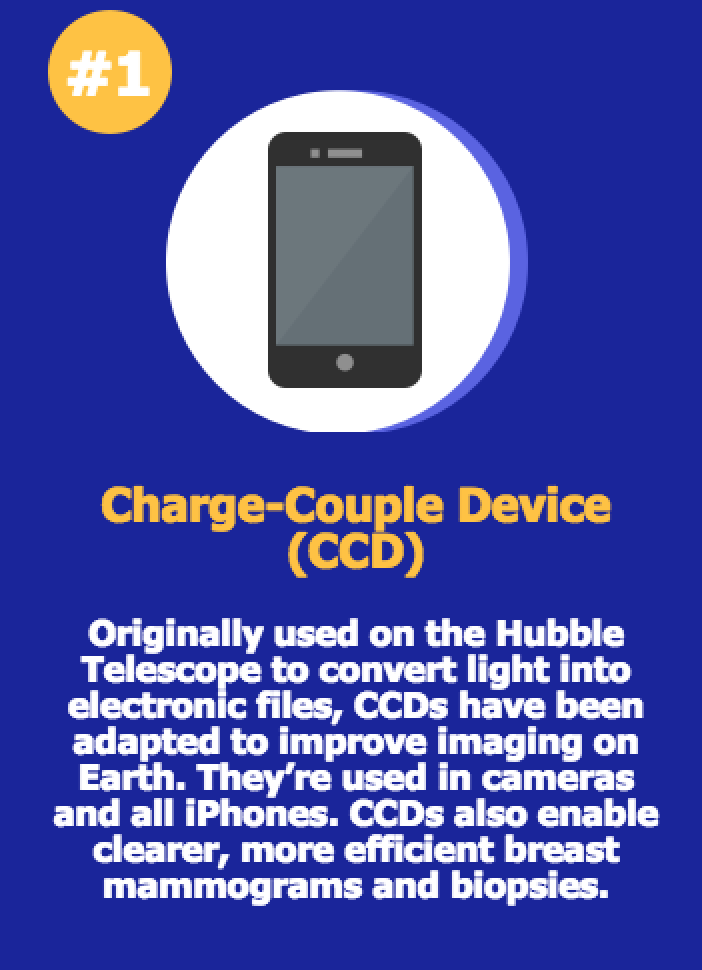
Postdoctoral astronomers must work for several years under a professional astronomer, fulfilling their supervisor’s research, to bolster the number of published papers they have.
There are only a few postdoctoral fellowships in the world and earning one is prestigious because it allows a fellow to research almost any astronomical endeavor of her choosing, while bolstering the number of published papers she has.
After several years, a postdoc has ideally published enough papers to begin her quest to become a professional astronomer. She can go the hard money route, by becoming a junior professor and rising up the ranks at a university, where she is paid a salary. Or she can go the soft money route like Risch.
Avi Shporer is one of the lucky few astronomers in the world to earn a highly sought after postdoctoral fellowship, something that will serve as a badge of honor for the rest of his career. He is currently a Sagan fellow at NASA’s Jet Propulsion Laboratory in Pasadena, Calif., and receives funding to pursue almost any astronomical endeavor of his choosing.
“Our currency is time on telescopes,” Shporer says. “If you have lots of time on a telescope you are considered rich because it's a very valuable resource and if you get a lot of telescope time you will do better science.”
THE BEST AND BIGGEST CREATE THE MOST COMPETITION
Not all telescopes are created equal and astronomers use certain observational research telescopes for specific reasons. Telescope power is measured by the diameter of the scope, so the bigger the diameter of the research telescope, the further away objects, especially faint ones, can be seen.
 Nicole Cabrera, a doctoral student at Georgia State University, got behind in her studies a year after being denied telescope time. (Courtesy: Jackson Dy)
Nicole Cabrera, a doctoral student at Georgia State University, got behind in her studies a year after being denied telescope time. (Courtesy: Jackson Dy)
As science continues to advance and more discoveries are made, astronomers compete to discover the most distant objects in the universe.
“The bigger the telescope, the more competitive it is because everybody wants to use it, since you can study objects that are fainter,” Nicole Cabrera, a doctoral student at Georgia State University says.
The largest telescopes in the world that are coveted for their size and location are in Hawaii and Chile. The twin Keck telescopes are arguably the most competitive ground scopes in the world due to their size—at 10 meters in diameter—as well as location at 13,599 feet above sea level and exceptionally dark skies.
Looking through the atmosphere causes a hazy affect that can distort images for astronomers. Observing at a high altitude, with no light pollution, is essential in getting clear images.
However, there are only five of these ground telescopes located in Hawaii and Chile, so competition is fierce. This causes an “oversubscription” rate at large research telescopes, or an excess of astronomers applying for the limited amount of observation time that is available.
At the Keck scopes, five is the average oversubscription rate. That means there are five astronomers vying for every one night available at the scope. The Gemini South Telescope in Chile has an average oversubscription rate of two, while the Gemini North Telescope in Hawaii has an average oversubscription rate of three.
However, the most competitive observational telescope in the world is the Hubble Space Telescope. Although the scope has a diameter of only 2.4 meters, it orbits Earth and does not have to fight through the Earth’s atmosphere, so astronomers can observe the faintest and most distant objects ever seen by man.
What’s more, if you are awarded time on the Hubble Telescope, you also are given a stipend of a few thousand dollars to ensure articles are published off the data collected during observing.
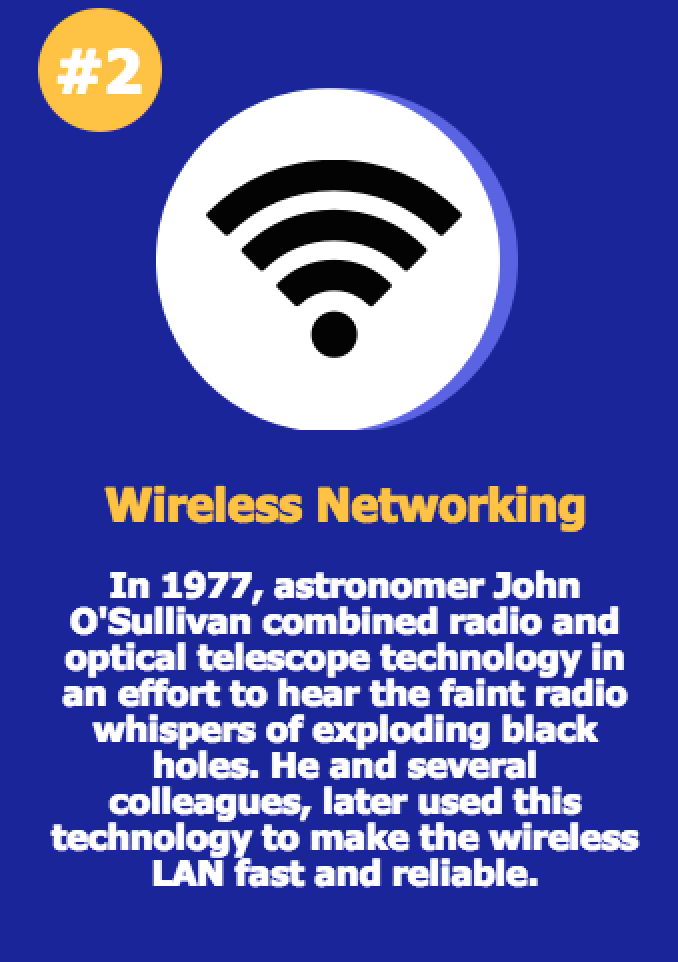
The Hubble Telescope has an average oversubscription factor of five to six. In any given year, Hubble receives more than 1,000 proposals, of which less than 200 are chosen. If a proposal is rejected, an astronomer has the option to use Hubble archival data, which currently has a waitlist of one year.
To get time at a telescope, astronomers spend weeks, months and even years (if they are graduate students) writing proposals for projects they want to view at high-powered research telescopes. These proposals are then submitted to the particular telescope they would like to use.
Since competition for time is fierce, each telescope has its own panel, called the Time Allocation Committee, which reviews each proposal and decides whether or not time should be awarded for a particular project.
Astronomers must propose how much time they need and account for every minute at a telescope. For ground telescopes, it takes roughly five to 10 minutes for the operator to move the telescope from one star to the next in a process called “slewing.” Astronomers must account for slewing when proposing time and often develop strategies for observing the sky to maximize their time.
“You want to observe stars strategically because of slewing time,” Cabrera says. “You have to arrange your time so you're not moving from one side of the sky to the other because that's a total waste of time.”
Time is so competitive on any of these observational telescopes that even if you are given time and you get “weathered” out-- or are scheduled on a rainy, overly foggy or night with humidity above 60 percent-- you will not be given this time back and must apply during the next round of proposals.
COMPETITION AND POLITICS
Competition for telescope time has led to an array of political, social and economic issues in the astronomical world. Time Allocation Committees are peer reviewed. Due to the subjective nature of the decisions, the process is often highly political.
 Dave Jewitt, professional astronomer and UCLA professor, is worried about the future of astronomy. (Courtesy: Dave Jewitt)
Dave Jewitt, professional astronomer and UCLA professor, is worried about the future of astronomy. (Courtesy: Dave Jewitt)
UCLA professor Dave Jewitt knows this all too well. In 2012, Jewitt received the Shaw Prize, second in prestige only to the Nobel Peace Prize, for his discovery of the Kuiper Belt, a now infamous belt of icy objects that lie beyond Neptune. It is considered one of the greatest astronomical discoveries of the 20th Century.
The Kuiper Belt has unraveled some of astronomy’s most elusive mysteries, such as where comets come from, the discovery of Pluto as a planet and its subsequent relegation to a dwarf planet, origins of our solar system, and the postulation of Planet 9—the final planet that many believe completes our solar system.
Discovered in 1992, almost four decades after it was first proposed by Gerard Kuiper, Jewitt faced significant barriers in his quest for the belt, all of which not only delayed his findings, but almost prevented him from discovering the belt entirely.
Jewitt proposed for five years that the Kuiper Belt existed. But after receiving telescope time and funding for two years without making a discovery, he was rejected for any subsequent observations of the belt. So for the next five years he proposed time for general projects, but used that time and funding to look for the Kuiper Belt on the sly.
“My mentality is that the Time Allocation Committee is something to be sidestepped wherever possible,” Jewitt says. “They are just an obstacle— they are not going to do anything good for you. You just have to get around them.”
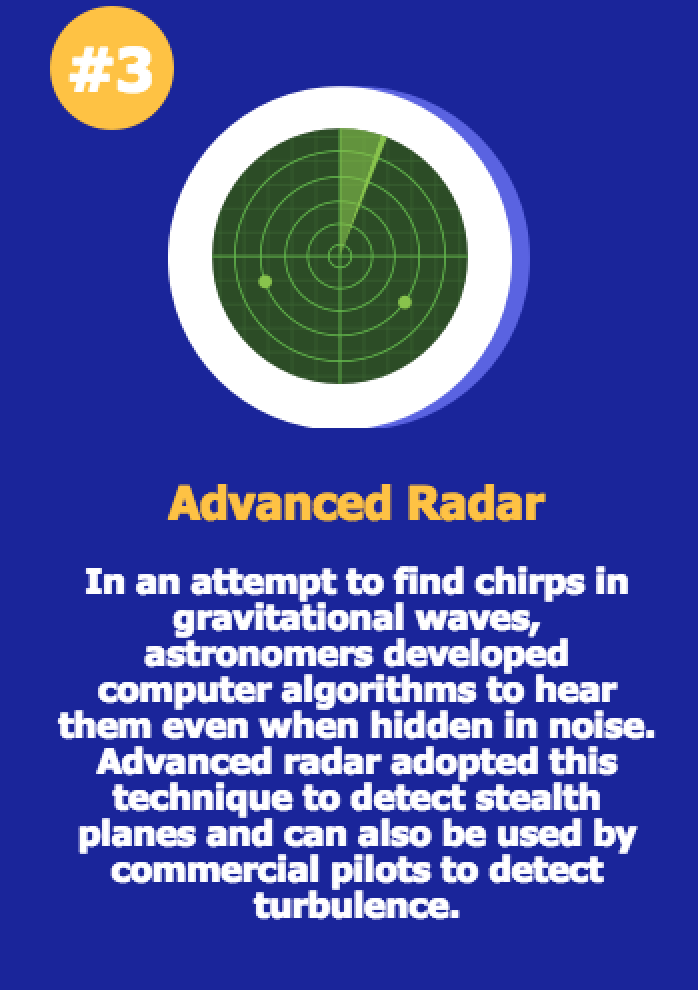
Since, time proposals are peer reviewed and thus subjective, they often give rise to two types of biases. One is an “ignorance bias” or “condescending bias,” which surfaces because applications are not typically reviewed by someone within the same subfield of astronomy.
For instance, a Time Allocation Committee member specializing in solar system science could be assigned to review a time proposal for interstellar research. Although this may not seem like a problem, astronomy is branched into several different subfields.
“Fields in astronomy are very different,” Cabrera says. “You can have two astronomers having a conversation and they have no clue what the other is talking about because they [their fields] are so different.”
From this an “ignorance bias” arises, so a proposal might not be awarded time because the reviewer doesn’t have knowledge of the particular field, or a “condescending bias” may arise because the reviewer may believe that her particular field of study holds more merit than the field she is reviewing time for.
Jewitt says the condescending bias has recently been preventing him from continuing his work on the solar system.
“For instance they’ll think ’Oh you are studying things so close compared to the objects that I study, which are really at the far end of the universe,’” Jewitt says. “’What you are looking at is really dirt compared to my subject.’ There is a little bit of snobbery and attitude in there.”
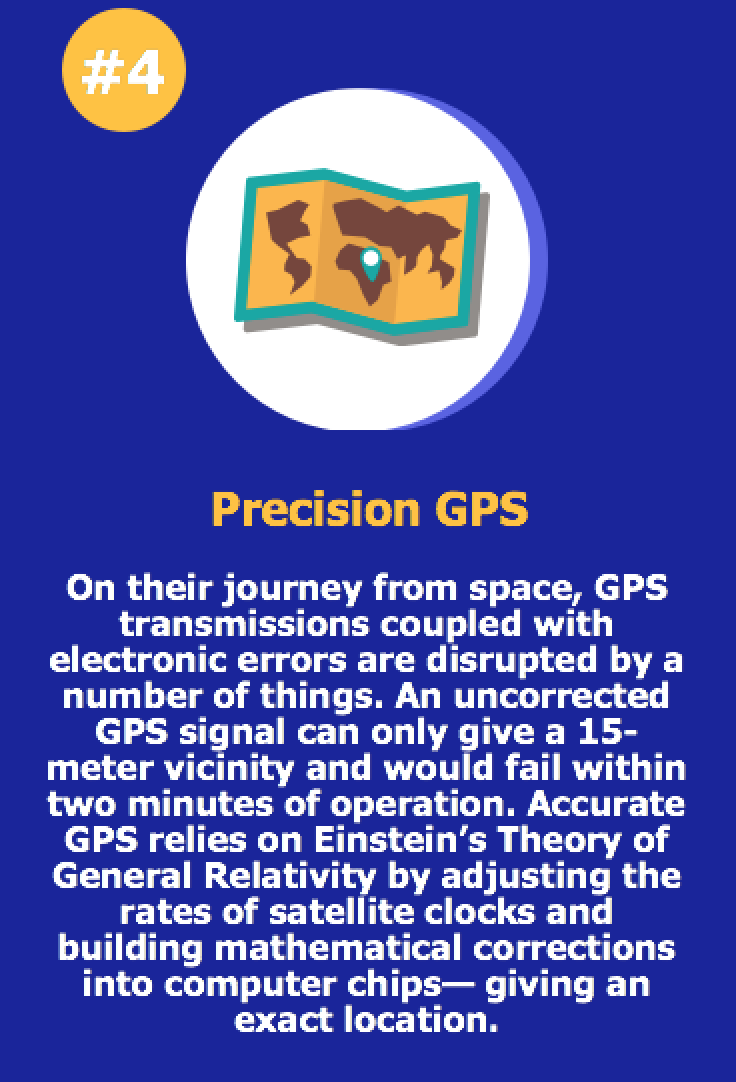
Since Time Allocation Committees are typically made up of colleagues, social barriers also come into play. Committees have been known to “play favorites”. It can be helpful to know someone on the committee and to schmooze colleagues, so one can get a proposal passed when needed.
“Don’t say anything insulting,” Jewitt says. “Don’t say anything bad about this person because they might be on the review panel.”
It can also hurt to know someone on the panel, especially if you have gotten on their bad side.
Richard Ellis, a professor at California Institute of Technology in Pasadena, Calif., is one of the top hard money astronomers in the world and has worked in astronomy for more than 50 years. He has served on the Hubble Time Allocation Committee three times and currently works for the European Southern Observatory in London.
“Sometimes you have people that are on the committee that have an axe to grind,” Ellis says.
Astronomers such as Jewitt and Ellis say Time Allocation Committees are heavily politicized because the work of allocating time is laborious. The positions are tedious and unpaid, so they fall on a small fraction of the community and are often avoided by experienced astronomers with too much already on their plates.
An Oxford Journal article tried to solve this problem within astronomy, calling the system “broken” .
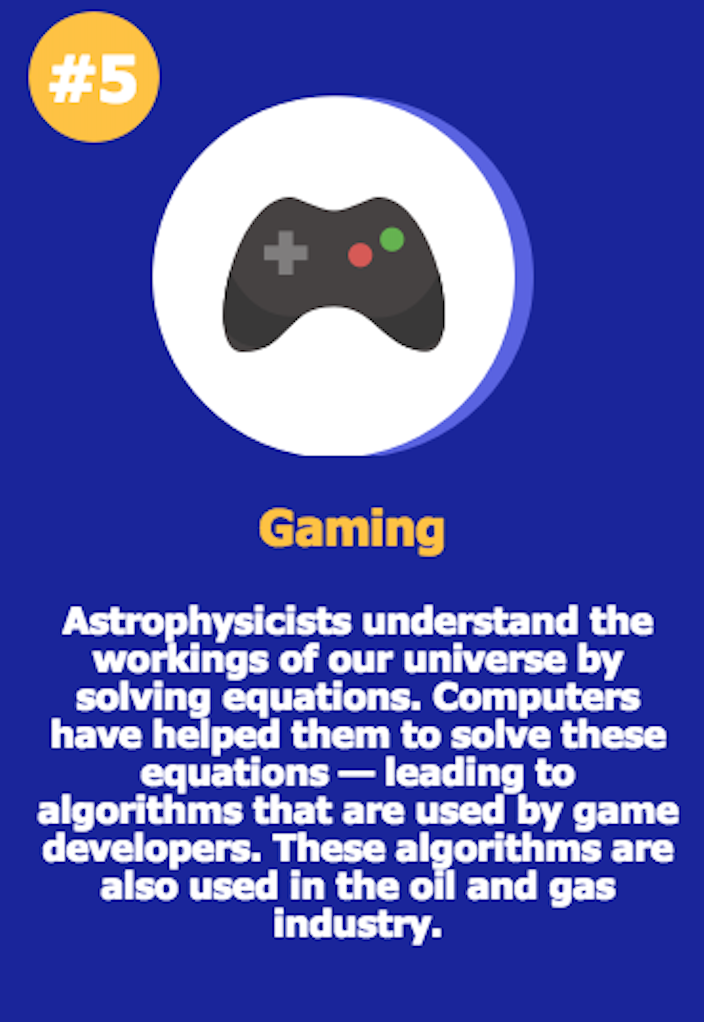
In this article, the author describes “the procedure for allocating time on telescopes [as] horribly onerous for those unfortunate astronomers who serve on the committees that administer the process,” which is in danger of “complete collapse as the number of applications steadily increases.”
The Oxford Article says many Time Allocation Committee members can become fatigued under the sheer amount of work. And without any monetary incentive, they may unfairly assess projects that are most deserving of time.
Depending on the telescope, just a few Time Allocation Committee members must review hundreds of time proposals. They are given between a week to three weeks to complete all the reviews, which can be difficult for astronomers who have full teaching loads and proposals to submit.
In the past five years, Ellis has been asked three times to be on the Hubble Time Allocation Committee, but has declined due to his busy schedule.
“Ideally it should be a good mix of young people that are aware of where the subject is and older people who have experience of what’s risky and what’s good science,” Ellis says.
Time Allocation Committees can get filled with young astronomers who have little knowledge of what projects, especially if considered risky, will be worthwhile. And some members who want to steer time allocation into a particular subfield or for personal reasons.
THE COMPLICATED LIFE OF GRANTS
Before getting time at a telescope, an astronomer must have money to fund her observation at the scope. In order to get this funding, an astronomer must apply for funding from the National Science Foundation or NASA.
Both astronomical programs within these organizations have experienced a steady decline in funding over the past decade.
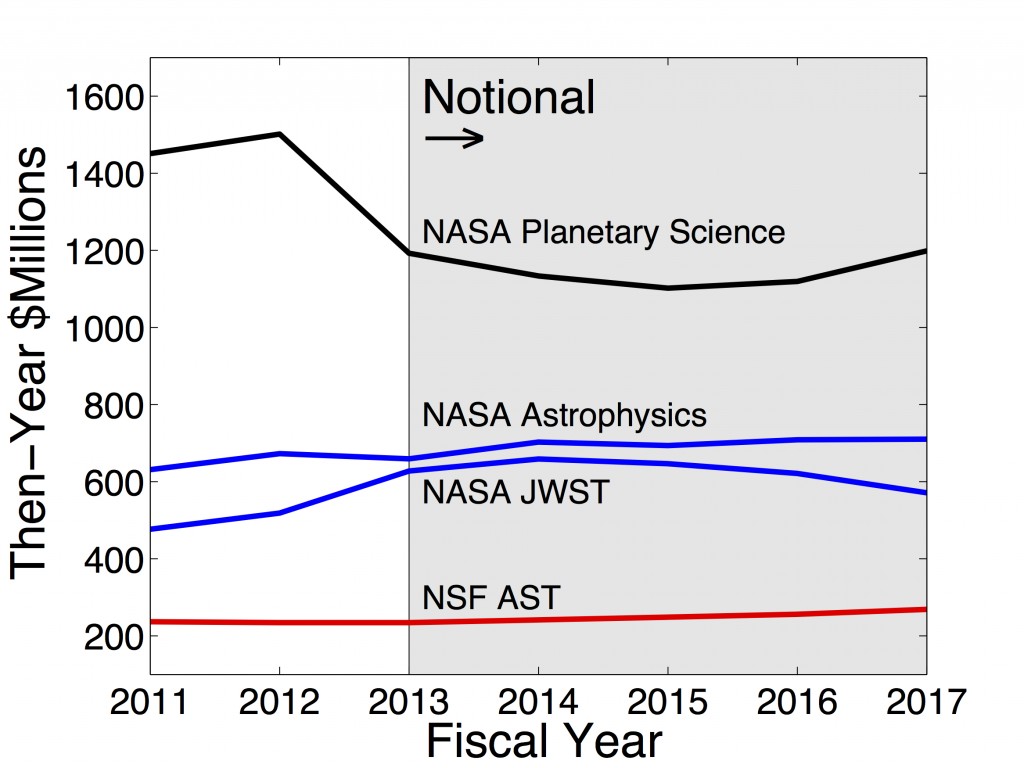
A graph of NASA and NSF budgets over the years. (Courtesy: NASA)
Because of this decline, astronomers now participate in a “box checking” phenomenon, meaning they propose projects that aren’t too big, risky, or cost too much money and only propose projects that fit within parameters that will ensure funding.
“Writing a proposal is a very political thing because so many people depend on the money for their jobs,” Jewitt says. “Pure science is suffering as just one consequence of this.”
Since Jewitt is a hard money astronomer paid a salary by UCLA for being a professor nine months out of the year, he can study whatever astronomical projects he chooses. The trade off is that due to teaching, he has less time for telescope time and grant writing.
Risch is a soft money astronomer at UCLA who can spend the majority of his time writing proposals for grants and telescope time because he does not teach. But he is at risk of being forced into retirement because he can no longer get grants and funding at major telescopes due to low funding rates.
Depending on the project, grants vary in size from hundreds to thousands of dollars. If the project is large enough, it can even reach into the millions. However, projects in the million-dollar range are less likely to get funded due to budgetary constraints.
“Those people [who make a living off grants] will fight to their death to keep the money because it is their salary,” Jewitt says. “So then scientific aspects kind of shrink into second place behind politics and getting the money for themselves.”
According to NASA and the National Science Foundation, “risky” projects or projects that require a lot of money or do not guarantee an innovative outcome are valued because they can lead to innovation that benefits all of society. However, under a strained budget, many astronomers opt for “box-checking” to ensure particular projects are passed.
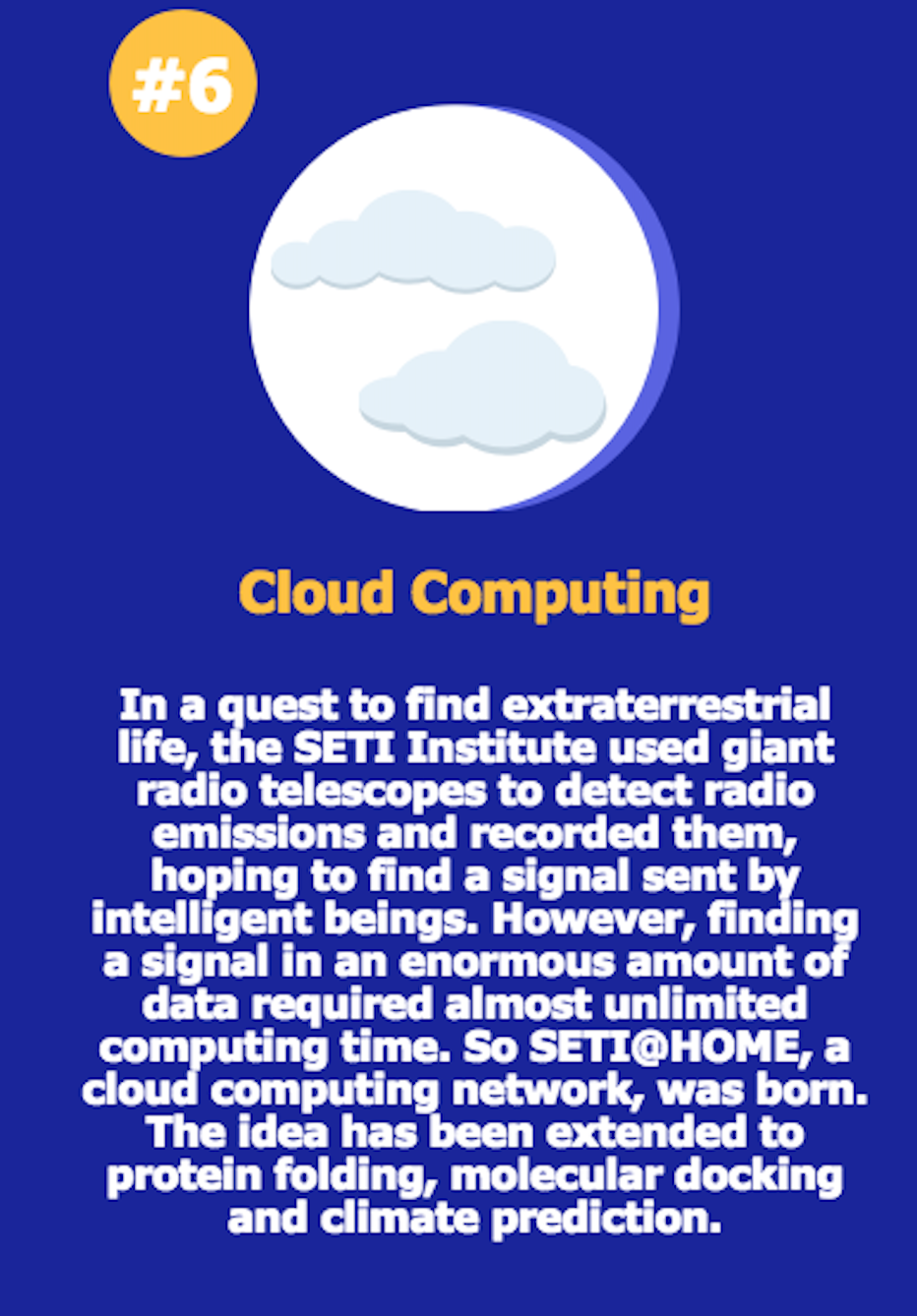
In 2010, the National Science Foundation launched an investigation into the box-checking phenomenon for grants. After two years, the task force found that even though risky projects are funded, they are done so disproportionately due to a tightening budget.
After two years, only 19-32 percent of all research money went towards unsolicited mid-scale research, which is defined as research requests that do not fit into a particular category or ask for money outside of a typical grant amount.
It found that “investigators [applicants] may modify their ideas, change the program scope or budget, or avoid proposing certain types of collaborations in order to fit within an existing program or solicitation”.
The document also revealed that researchers might not propose an unsolicited project because of perceptions that the National Science Foundation is unlikely to support “its budget size and/or that an unsolicited mid-scale research project may not receive an adequate review due to its novelty or because it is perceived as high risk”.
As a result, researchers are more apprehensive about proposing these “high risk” projects, which take away from pure science. Not only have high risk proposals fallen short, but all proposal approval rates have significantly fallen, while the overall amount of proposal submissions have dramatically increased in the last decade.
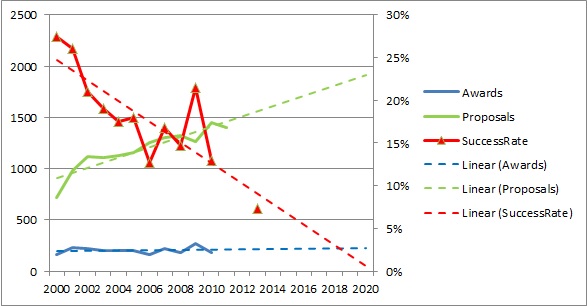
The graph above shows that as the number of proposals submitted to the National Science Foundation increases over the years, the number of proposals funded is decreasing. (Courtesy: National Science Foundation)
A 2006 National Science Foundation study found that the average applicant had to submit 30 percent more proposals to garner the same number of awards they did in 1997. In 2007 a U.S. government study found that university researchers spent about 40 percent of their research time navigating "bureaucratic labyrinth".
Astronomers such as Risch, can get caught up in a cyclical grant-and-telescope-time -proposal writing phenomenon.
Another National Science Foundation investigation launched in 2015 , revealed that an overall grant funding rate of 6 percent would be so low that it would actually cost an astronomer more time and money to write a grant proposal than to produce publishable results. This investigation revealed that although the funding rate isn’t that low yet, it is close: currently only 20 percent of all grant proposals submitted are funded.
According to this same investigation, the National Science Foundation budgets are flat or decreasing, while the overall population of researchers has grown. In 2014, the National Science Foundation reported an estimated 7.1 percent decline in funding since 2012. This has led to a large proportion of researchers resubmitting “meritorious but unfunded proposals” in response to decreased award success rates.
The report notes that this trend doesn’t seem to be stopping anytime soon because funding continues to decline.
ASTRONOMERS ARE SUFFERING THE CONSEQUENCES
Until this year, astronomers have been able to submit an unlimited amount of proposals for grant money and telescope time. If they are rejected, they have been able to resubmit proposals during the next cycle.
However, the Astronomical Sciences department within the National Science Foundation is considering a cap of proposal applications, as well as a ban on resubmissions this year. This is one of many consequences to come from rejected proposals.
“The money is more concentrated into powerful groups and large projects,” Risch says. “It is harder for small individual investigators to get grants to do their own research.”
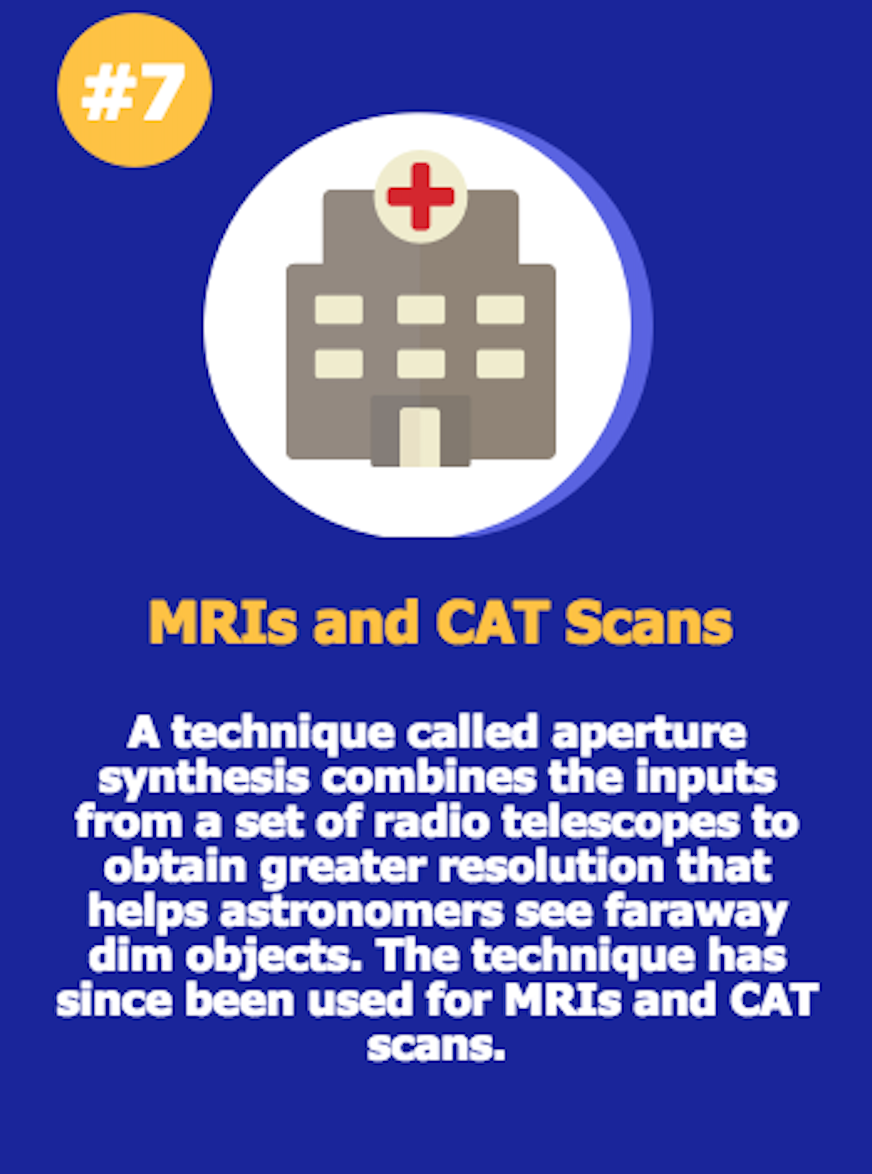
Risch is right. The National Science Foundation investigation that began in 2010 revealed that it is more economical to break up money among collaborative larger projects or to fund more small projects instead of one large project for one astronomer.
Many astronomers have caught on to this and have turned to collaborations on larger, riskier projects because they are more likely to get funded. So instead of doing individual research, groups of astronomers are coming together.
However, in astronomy this is not good. In order to progress in the profession and move onto the next stages of her career, an astronomer must prove how many papers she is able to publish off data collected from observing at a telescope and collaboration interfers with this progress.
“This is the most important component or criteria to measure a scientist,” Shporer says. “It's not the only one, but it's the first one and most important: how many publications you have.”
Once astronomers are given time at a telescope, they collect data based off of their observations. They then use this data to write scientific papers and pay journals to publish their scientific findings. In astronomy, publishing papers allows an astronomer to build a reputation within the scientific community because it shows they are progressing the science and the funding/ telescope time they receive is being put to good use. For astronomers, the more papers published and more citations they have, the more renown they are as a scientist and likely to move up in their career.
“This is our bread and butter. This is what we aim for [to have our papers published],” Shporer says.
When astronomers collaborate, it is difficult to determine who deserves the credibility of the project, which makes it hard for an astronomer to advance in the profession and on to the next stages of their career.
WHY DO WE HAVE SO FEW TELESCOPES IN THE WORLD?
The simple answer: funding.
Telescopes cost hundreds of millions of dollars to build and cost roughly 10 percent of the initial cost annually just for operating fees and maintenance.
For instance, the twin Keck scopes cost around $140 million to build and cost $14 million to run every year. This annual cost accounts for telescope maintenance, the instruments attached to it, employee salaries, building maintenance and housing fees among others.
Due to the high cost, telescopes are rarely built. Often, we have the technology for new telescopes for several decades before production begins because acquiring funding is so difficult.
“In California alone, astronomers have quadrupled in the last 15 years, but the number of telescopes hasn’t changed at all,” Ellis says. “So all these people are competing for the same amount of time that was available 15 years ago. It’s understandable there’s a bottleneck.”When they are built, funding comes through private or public sources. When large observational telescopes first came into being, such as the Keck telescopes, funding was almost exclusively private, meaning those that paid for them had exclusive rights to use them.
Some telescopes are publicly funded, meaning they are funded through the government, such as NASA and the National Science Foundation and anyone can apply for time on them.
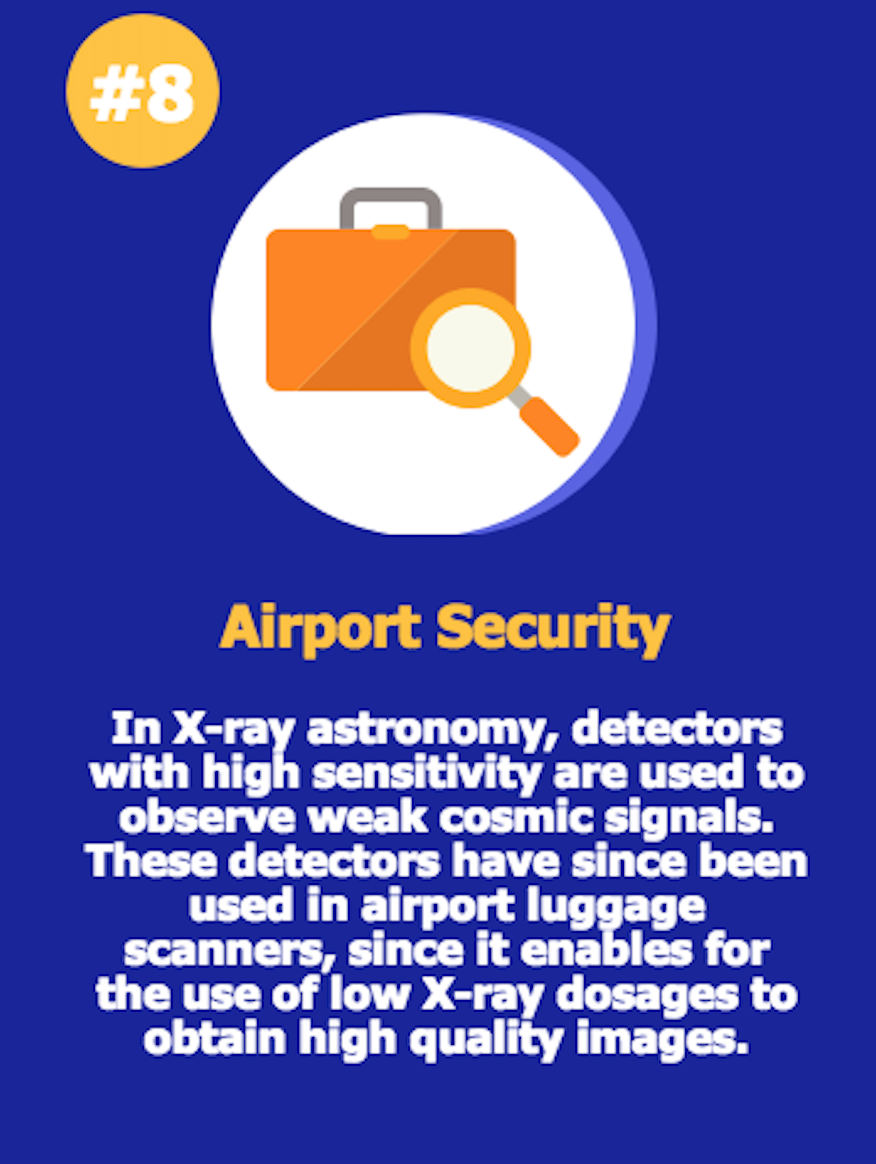
As funding continues to decline, many of these telescopes go into private/ public partnerships, where the majority of telescope time goes towards the partner who pays the most.
As a byproduct of the situation, some institutions have direct access to a scope and less competition for time, while others do not and are stuck in an intense competition for a scarce amount of time.
For the Keck scopes, CalTech invested the initial money to build them and the University of California system agreed to half the operating cost of them until 2017. Thus, CalTech has the majority of the nights on the scopes and students of the UC system have a few nights.
Although Shporer has one of the most highly sought after fellowships in the world, he is forced to be a collaborator on a project this year because he cannot get time on the Keck telescope he needs, since he is not a part of the CalTech or UC system.
“It's like the rich kid on the block,” Shporer says. “Everyone wants to be their friend because it’s like they have a big pool in the backyard.”
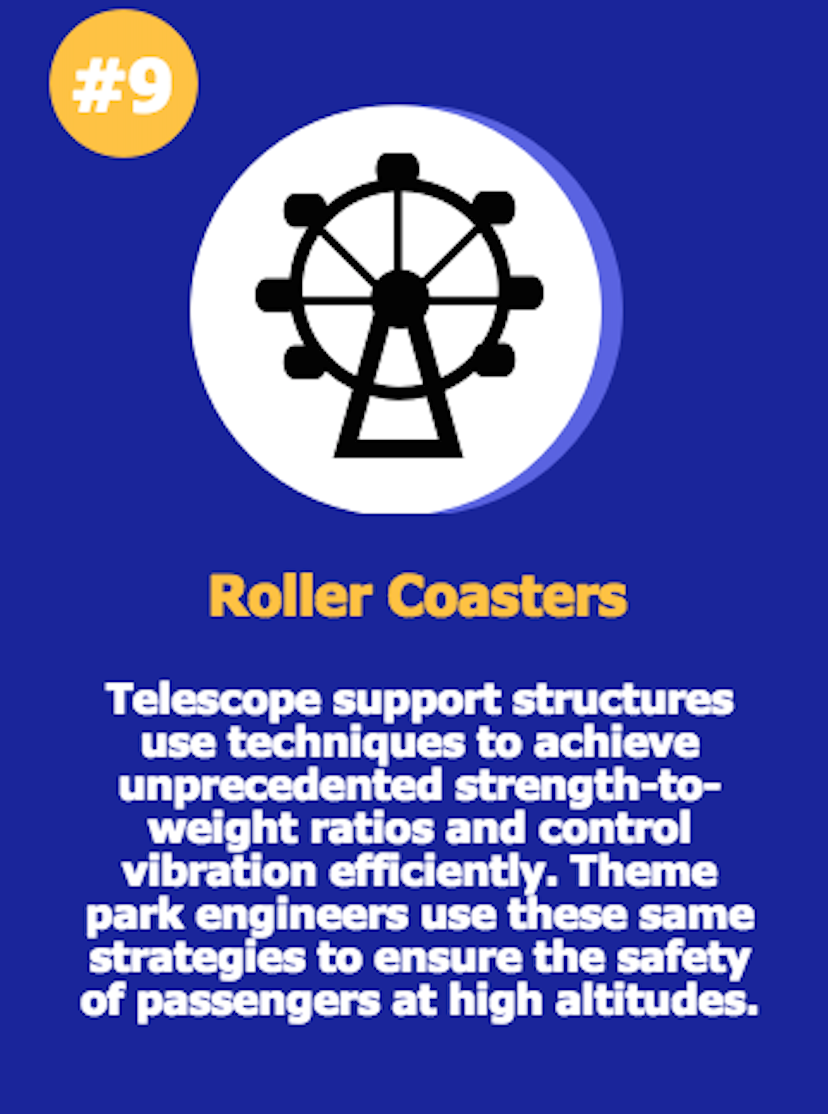
However, this rich kid syndrome is quickly waning because CalTech cannot afford the entire operating cost of the Keck scopes once the partnership ends in 2017. CalTech also recently began selling telescope time to Yale and Australia, so it can maintain other programs, as the astronomy budget continues to get cut.
For places that cannot find other private funding sources, they must look towards public funding opportunities. However, NASA and the National Science Foundation, which provide all of the public funding for astronomy, are already working on a tight budget.
Astronomy departments in both programs are getting hit the hardest, which is evidenced in the cutbacks in grant awards. One solution both NASA and the National Science Foundation have come to, in order to continue funding grants, is to cut back on supporting telescope building and operation cost funding.
In the telescope economy, all programs are under stringent budgets and there just is not enough time or money to go around.
“Pure science is suffering and shrinking into second place behind these funding politics,” Jewitt says. “If we had a bunch more big telescopes the field would go faster, developments would occur more rapidly in astronomy and our society. There would be a significant trickle down effect.”